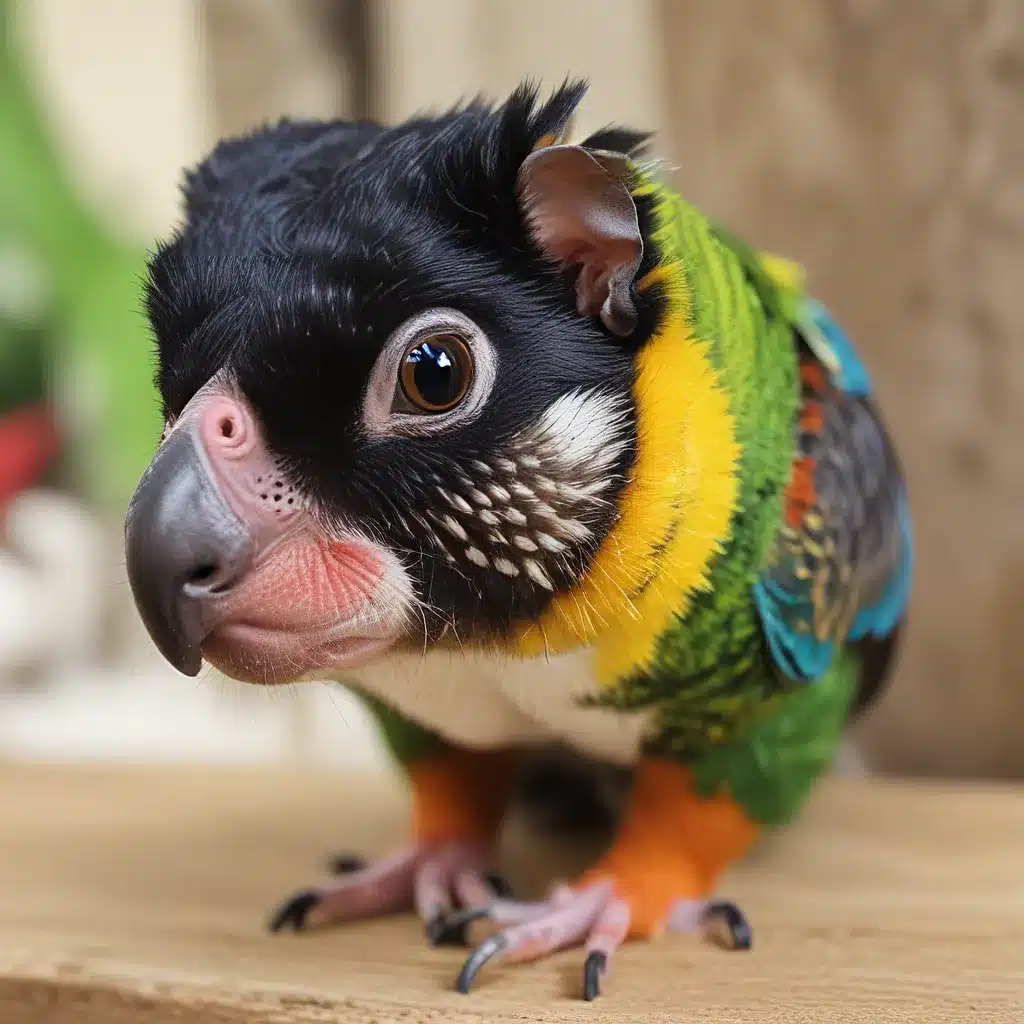
The Fascinating World of Exotic Pets: Navigating the Socialization Spectrum
Ah, the world of exotic pets – where feathers, scales, and furry companions come together to create a truly unique and captivating experience. But as any experienced exotic pet owner knows, these unique companions come with their own set of joys and challenges, especially when it comes to socialization.
From the cuddly and affectionate to the aloof and independent, exotic pets run the gamut of socialization levels. And as we’ll discover, understanding this spectrum is the key to fostering positive interactions and ensuring the well-being of our exotic friends.
Demystifying Socialization: The Cat-chy Continuum
Let’s start by diving into the finer points of socialization. When we talk about a pet being “socialized,” we’re referring to their comfort and familiarity with human interaction. Highly socialized pets, like many household cats, eagerly seek out our affection and thrive on the companionship we provide.
On the other end of the spectrum, you have the unsocialized, or “feral,” pets – think of that elusive community cat that darts away at the mere sight of a human. These pets have had little to no positive exposure to people and view us as a threat, not a friend.
Interestingly, socialization is not a fixed state – it’s a fluid continuum that can shift and change over the course of a pet’s lifetime. A once socialized stray may revert to feral behaviors if they spend too much time without human interaction. Conversely, a feral kitten can be carefully socialized to become a loving indoor companion.
Factors Shaping Socialization: It Takes a Village (or a Cat Family)
So, what determines where a pet falls on this socialization spectrum? Surprisingly, it’s a complex interplay of factors, from genetics and early life experiences to environmental influences and individual personality traits.
Timing is Everything: As with many aspects of animal behavior, the critical window for socialization in exotic pets is a narrow one. Kittens, for example, have a prime socialization period between 2 and 8 weeks of age. During this time, they’re like sponges, soaking up new experiences and learning what it means to be a friendly, comfortable companion.
Nature vs. Nurture: While genetics and breed can provide a bit of a head start, even the most “people-friendly” exotic pet breeds require positive interactions to truly blossom. And on the flip side, a less outgoing pet can often be coaxed out of their shell with time, patience, and love.
The Territorial Tightrope: Cats, in particular, are creatures of habit who thrive on routine and familiarity. Disruptions to their territory or daily rituals can cause even the most socialized feline to revert to more wary behaviors. As the experts at Hayden Vets advise, it’s crucial to create a warm, welcoming environment where exotic pets can feel at ease.
Navigating the Socialization Spectrum: Strategies for Success
With this understanding of the socialization continuum, let’s explore some practical tips for fostering positive interactions with our exotic pets, no matter where they fall on the spectrum.
Socialized Superstars
For the exotic pets that eagerly seek out our company, the key is to nurture and reinforce that bond. Engage in regular playtime, offer tasty treats, and provide ample opportunities for cuddles and affection. These pets thrive on our attention and will happily reciprocate with purrs, snuggles, and the occasional head-boop.
The Shy and Cautious
On the other end of the spectrum, we have the more hesitant and reserved pets. For these companions, patience and a gentle approach are paramount. Avoid sudden movements, loud noises, or overwhelming situations that could trigger their flight-or-fight response. Instead, let them set the pace, offering treats and praise from a distance until they gain the confidence to approach you.
The In-Betweeners
And then there are the pets that exist in that captivating gray area – the ones that may be friendly one day and skittish the next. With these companions, it’s all about reading the cues and respecting their boundaries. Pay attention to their body language, and be ready to back off if they show signs of discomfort. Slowly build trust through calm, consistent interactions, and you may just find your cautious companion coming out of their shell.
Embracing the Diversity: Socialization for All
No matter where your exotic pet falls on the socialization spectrum, the key is to approach each individual with empathy, patience, and a deep respect for their unique needs and preferences. After all, as Alley Cat Allies so eloquently puts it, “Cats are individuals. No two cats are alike, and there’s no one way a cat lives, experiences, or interacts with people.”
So, whether you’re cuddling with a lap-loving lizard or admiring the independent prowess of a feisty ferret, embrace the diversity of the socialization spectrum. With the right approach, you can foster positive interactions and create a harmonious home for all your exotic companions.
And remember, if you ever need guidance or resources on navigating the world of exotic pet socialization, be sure to check out Golden Exotic Pets – your one-stop shop for all things exotic and extraordinary!

